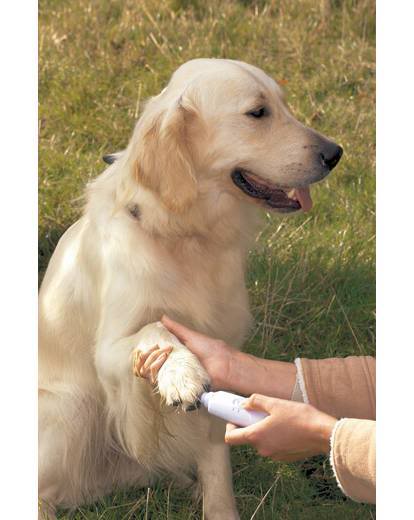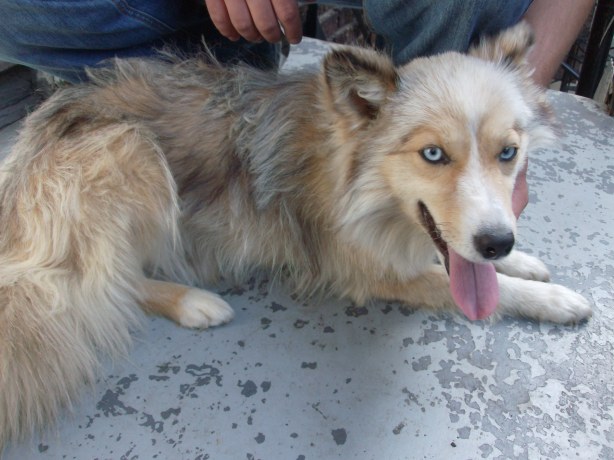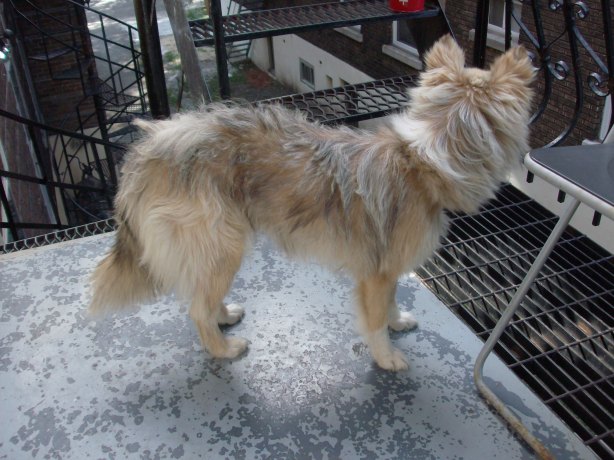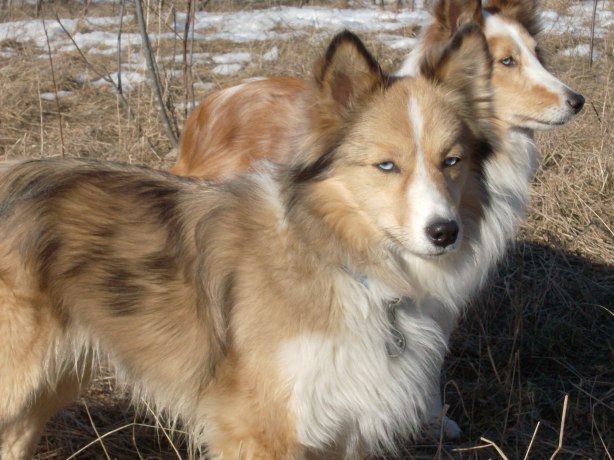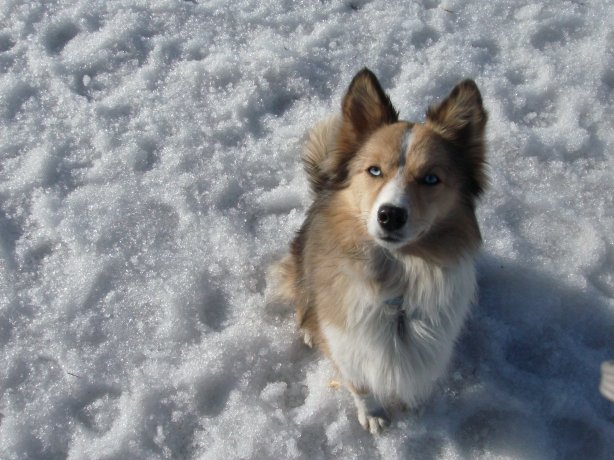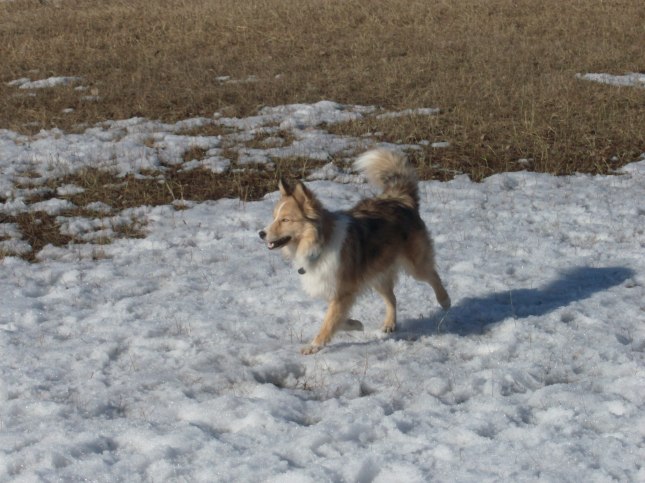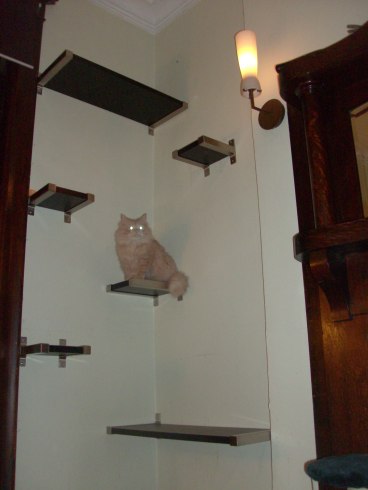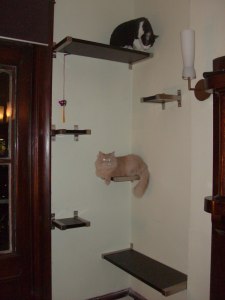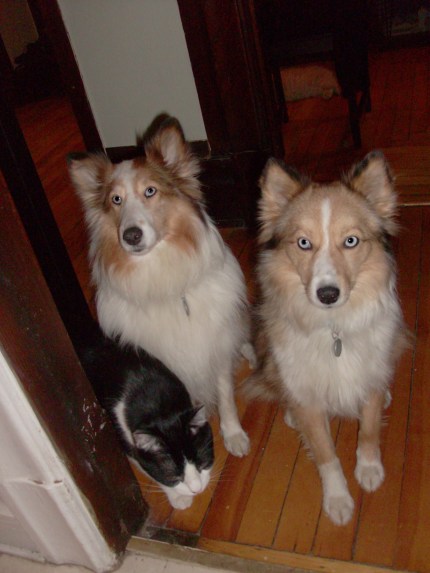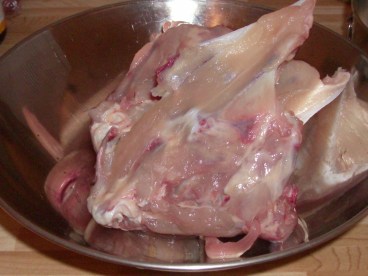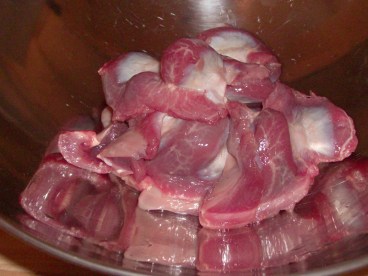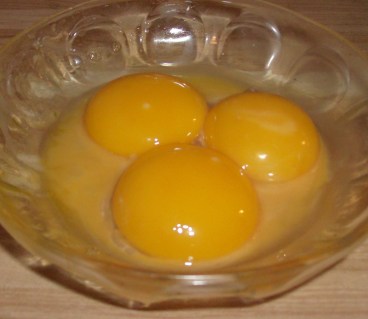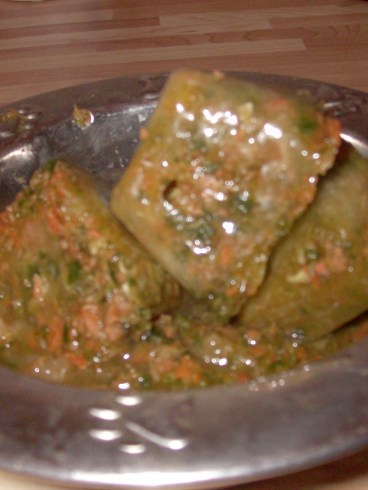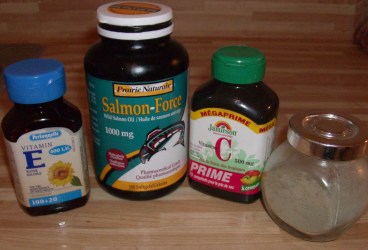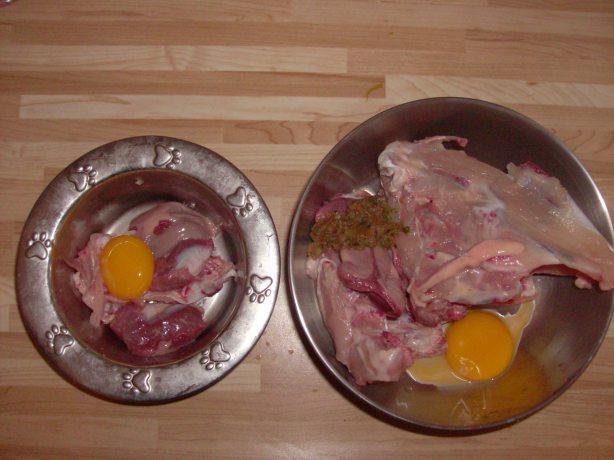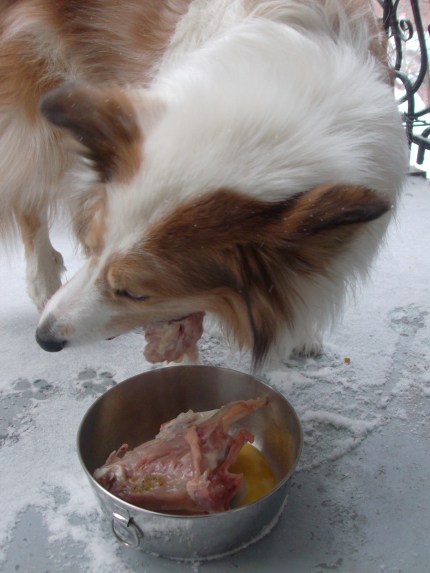How to Desensitize Your Dog to Having his Nails Clipped
Does your dog run away when he sees you pull out the nail clippers? Does he fidget, get nervous, or try to bite when you clip his nails? Don’t give up! It doesn’t have to be this way. It’s possible to get your dog to accept and even like having his nails done, using a desensitization program. The purpose of this is to teach the dog very gradually to accept having his feet touched, manipulated and finally having his nails clipped, using treats to reward when he is accepting you touch his feet. Depending on how nervous your dog gets about having his nails done, this process might take some time, so be patient, it will be worth it in the long run!
1. Get a supply of tasty treats cut into tiny bites. Use something the dog loves and doesn’t get often, such as cheese, cooked chicken, or salami. Train in 5 minute sessions and always end on a good note!
2. Start without the clippers. Get your dog lying quietly and just gently touch his back foot, when he is calm, not pulling away or reacting say “YES” and immediately reward. Do this with all four feet and then end your session. Depending on the severity of your dog’s phobia you may have to do this for several 5 minute sessions.
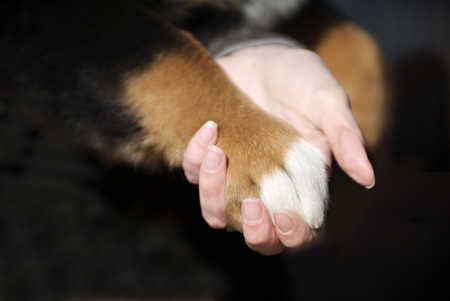
3. Next step is to pick up the foot in your hand and put light pressure on the toe above the nail, when the dog accepts it say “YES” and reward. Do this for all 4 feet, but remember to keep the session short and fun.
4. Repeat the above step but take out the nail clippers and leave them sitting on the floor next to you during your session.
5. After this, hold the paw and pick up the clippers, but do not bring the clippers close to the nail. Again when the dog is calm say “YES” and reward.
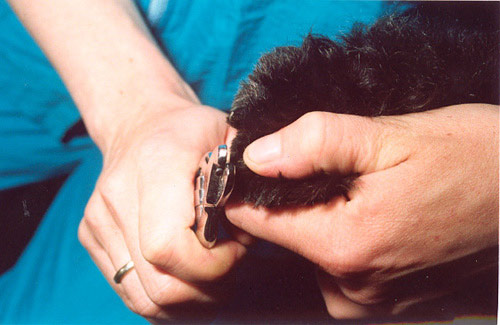
6. When the dog accepts you picking up all four feet and pulling pressure on his toes, while holding the clippers, you can graduate to just clipping the very tip of the nail. Always mark the behaviour you like with an upbeat “YES” and reward right away.
7. When he calmly accepts getting the tip of his nail taken off you can finally start to clip his nails shorter!
